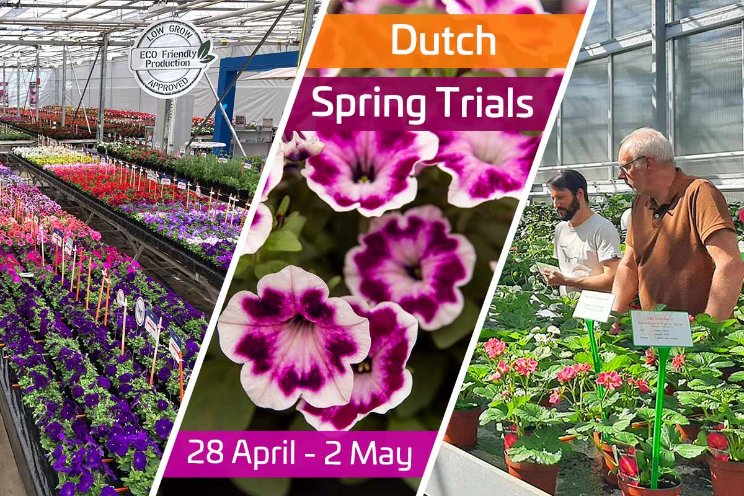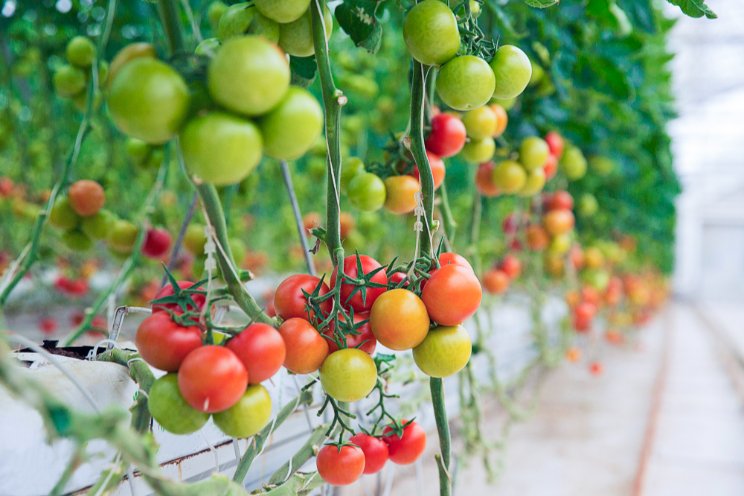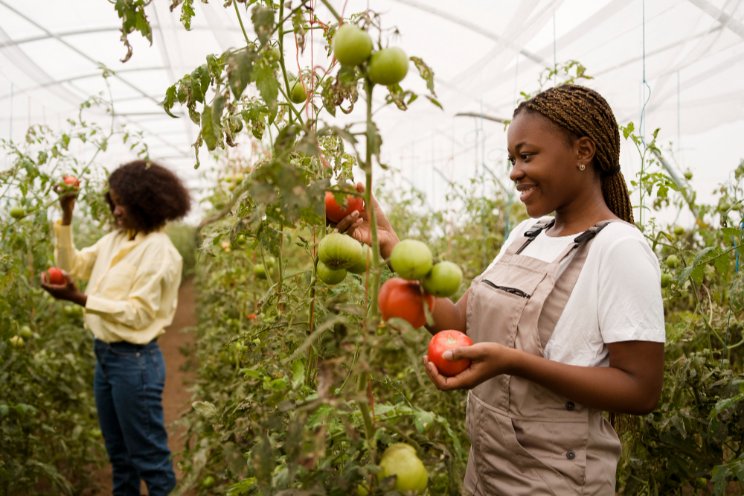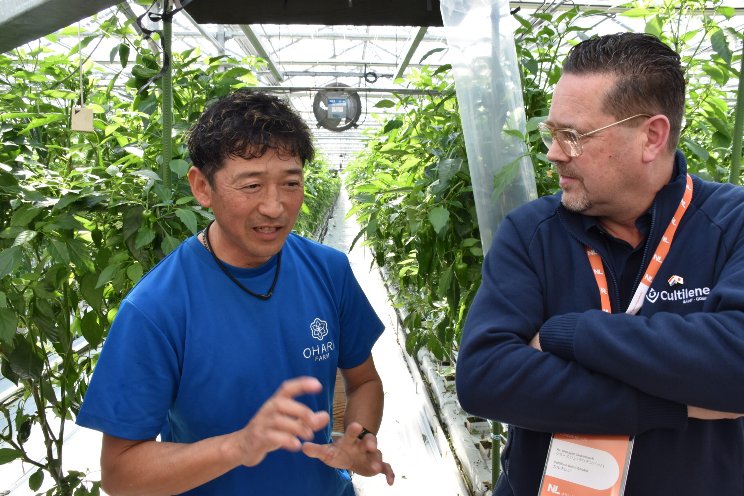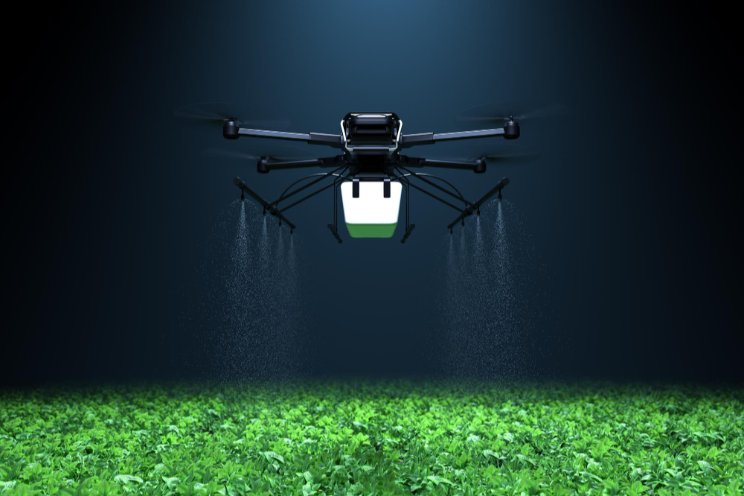Citi's Adam Bergman shares strategies for growth, sustainability
Added on 25 March 2024

Q: In your keynote, you talked about the promising future of indoor farming despite setbacks in 2023. Can you elaborate on specific strategies and/or innovations that you believe will drive the rapid growth of indoor farming, especially in the context of the mega trends of food security, sustainability, and health & nutrition?
A: Food security, sustainable food systems, and health & nutrition are the biggest drivers of indoor farming. Food security initially spurred on indoor farming because of the supply chain disruptions caused by the Covid pandemic and Russia’s invasion of Ukraine. As a result, the trend toward food globalization that started following World War II has gone into reverse. In the past few years, a growing number of countries, especially those in the Gulf Cooperation Council (GCC) that generated a huge amount of money during a period of high energy costs, speak more about food self-sufficiency and the role of indoor farming. Indoor farming is attractive to the GCC, because they do not have enough arable land and/or an optimal climate to grow outdoors.
As climate change persists, conditions are getting harsher for outdoor farmers, who are forced to deal with increasing weather volatility. Additionally, the global population is expected to reach 10 billion by 2050, which will necessitate roughly a 50% increase in the amount of food produced. Farmers, working with governments and NGOs around the globe, are going to need to figure out how to grow more with similar or fewer resources (chemical fertilizers, crop chemicals & pesticides, land, and water). Since indoor farms typically don’t use chemical fertilizers, crop chemicals or pesticides, and use significantly less land and water, they are a better solution for more environmentally sustainable agriculture.
The consumer also plays a key role in the food system. Previously, consumers were frequently beholden to CPG companies and retailers to purchase food. However, there have been significant changes in how consumers, particularly in the developed world, purchase food (direct-to-consumer, online purchases, food delivery, and meal kits), which is disintermediating many incumbents. Gen Z and Millennials especially are pushing back against industrial agriculture, which has played a large part in the ecological harm to soil and contamination of ground water, lakes, rivers, streams, and oceans, as well as damaging human health, as obesity rates have soared globally. Today, more consumers are demanding fresher, healthier and more nutritious foods that is grown sustainably. Indoor farms can be built on sites close to population centers, one advantage of which is having a much shorter supply chain. Consumers can buy produce that lasts longer before spoiling and indoor farmers can grow products for taste, texture, and nutrient density rather than yield and logistics, which are priority for outdoor farmers shipping across North America or around the globe. In total, these three mega trends of food security, sustainable food systems and health & nutrition are poised to have a significant impact in accelerating on the growth of indoor farming globally.
More news
